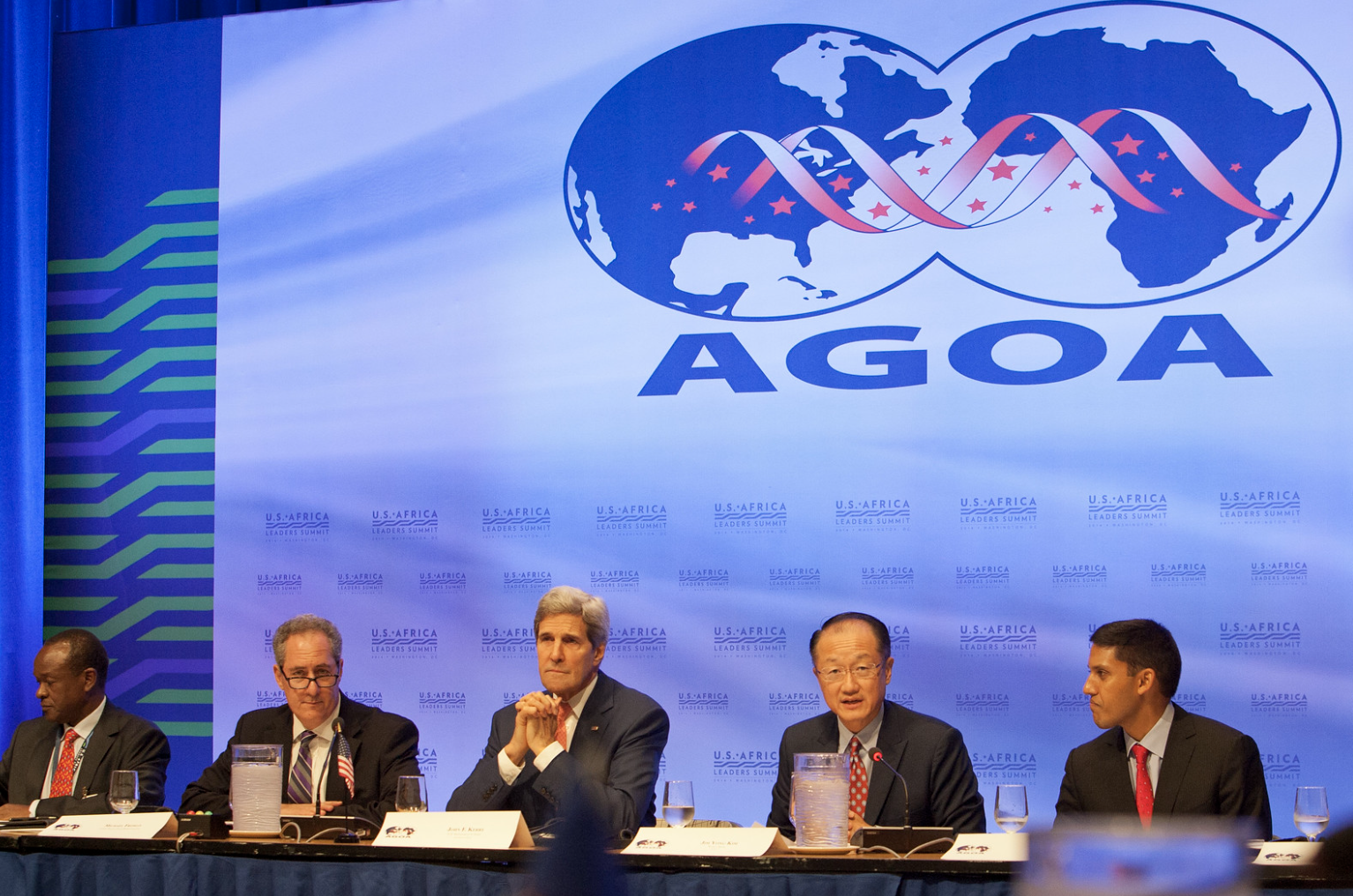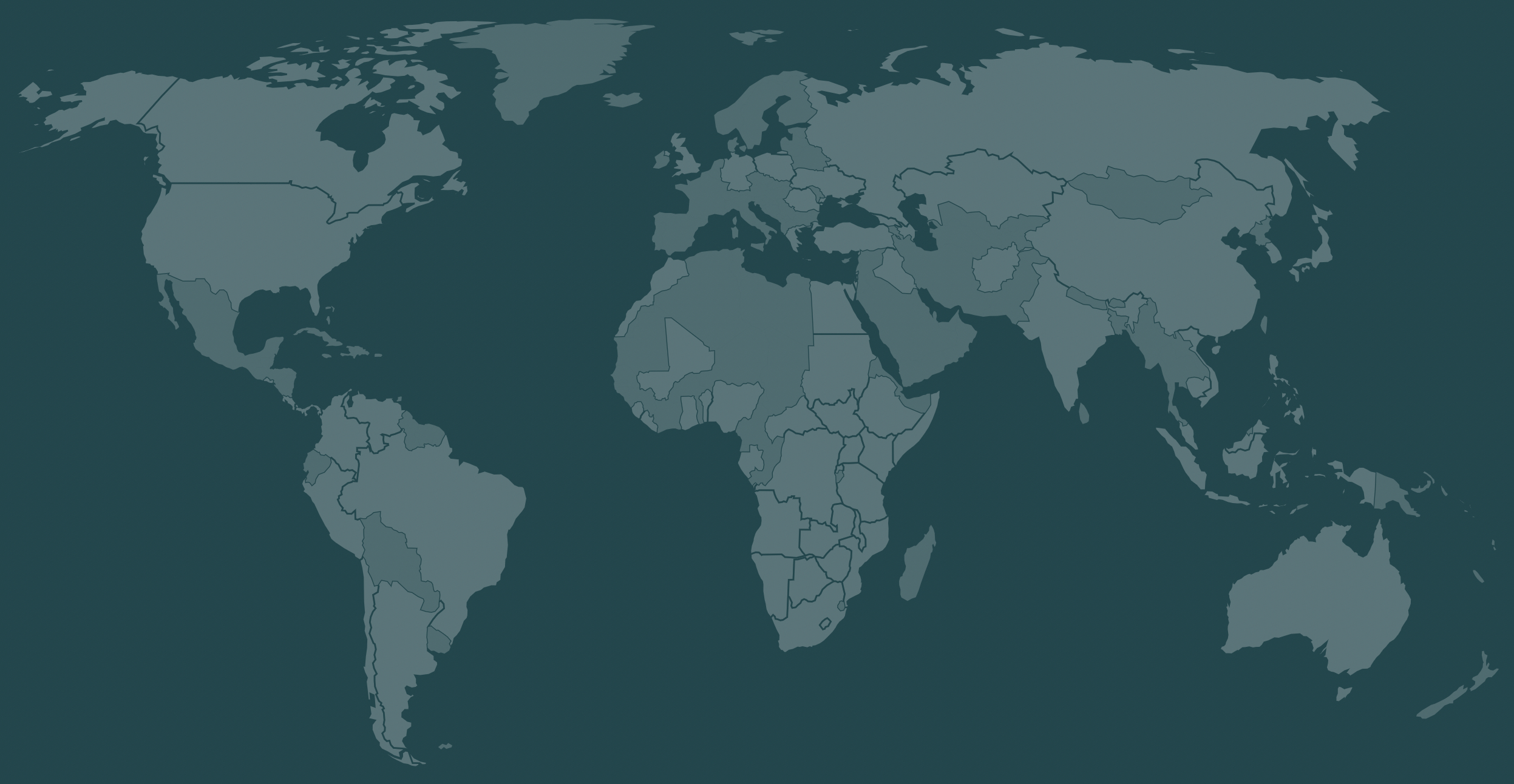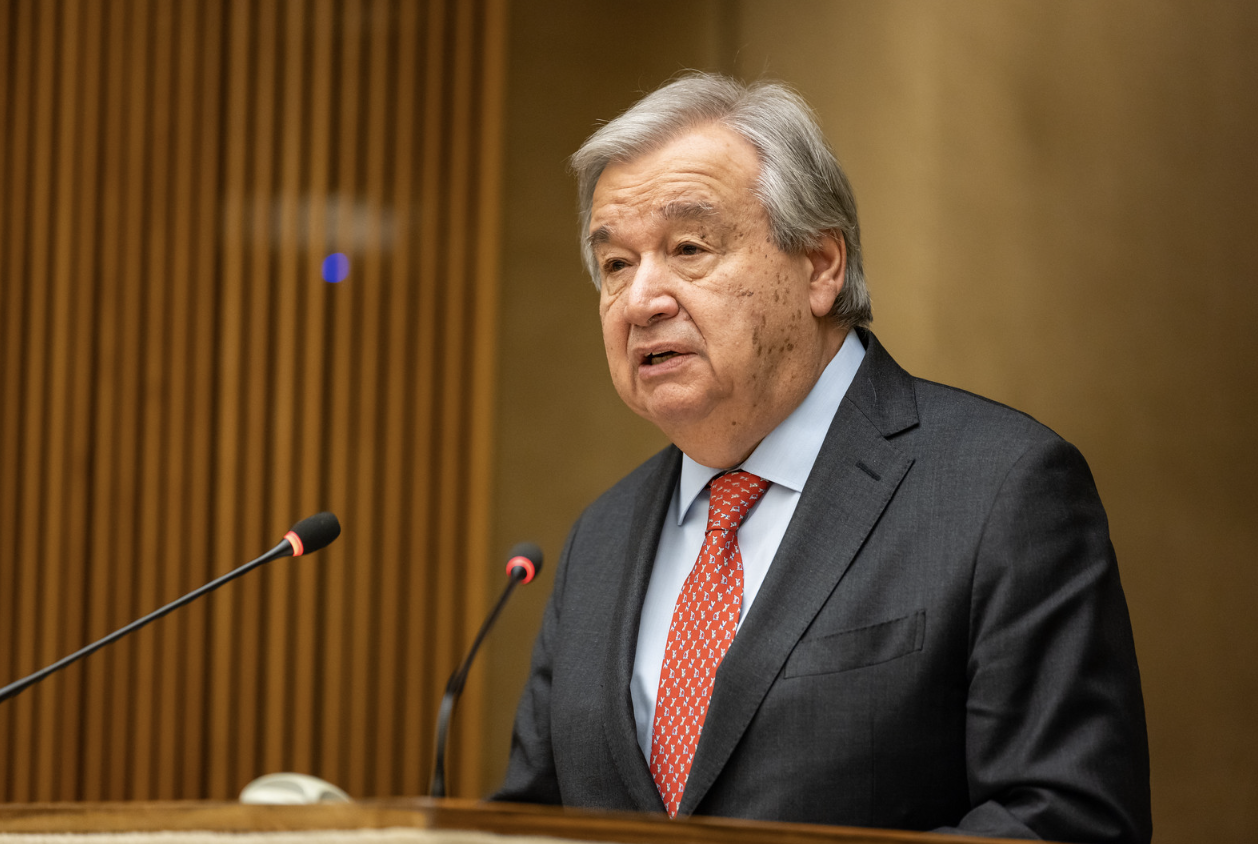News
AGOA at a Crossroads
The question is not whether the act will survive under a second Trump administration, but how it will evolve.

The current language used by President-Elect Donald Trump suggests that global trade is set to undergo a period of radical transformation when he returns to the White House in January. The prospect of a protectionist trade agenda underscored by sweeping tariffs is proving a major concern for many governments, and none—ally or otherwise—are seemingly safe. This growing anxiety raises questions about the possible scenarios facing the African Growth and Opportunity Act (AGOA), a hallmark trade program between the United States and sub-Saharan Africa that is set to expire in September 2025.
Since its inception in 2000 under the Bill Clinton administration, AGOA has significantly shaped economic relations between the United States and sub-Saharan Africa. The act, which provides duty-free access to U.S. markets for select goods from the region, was conceived at a time when trade liberalization was ascendant and the United States viewed it as a vital mechanism for engaging and integrating sub-Saharan Africa into the global economy.
Today, 32 sub-Saharan African countries export products to the United States under the AGOA banner, spanning 1,800 different categories ranging from clothing to motor vehicles. In addition, five thousand other product categories qualify for the U.S. Generalized System of Preferences, a separate trade preference program.
But the halcyon days of trade liberalization appear to be fading. AGOA-based exports to the United States have fallen from a high of $66 billion in 2008 to $9.3 billion in 2023, and President-Elect Trump is signaling a more hard-line approach toward doing business with the United States, as evidenced by his repeated threats of imposing tariffs on imported goods. His recent pledge to impose 25 percent tariffs on imports from Canada and Mexico—the United States’ two largest trade partners—coupled with threats of 100 percent tariffs on BRICS countries—which now include not only Brazil, Russia, India, China, and South Africa but also Egypt, Ethiopia, Iran, and the United Arab Emirates—underscores his intent.
It is understandable why rhetoric like this would leave AGOA supporters feeling uneasy about its future. The act is particularly vulnerable given that it is set to expire in September 2025. To secure another extension (which was granted in 2015) the bill will need to win the approval of Congress, which has historically shown bipartisan support for the act. Indeed, the recent bill brought before the Senate in April 2024 requesting the extension of AGOA until 2041 was spearheaded by a group of senators from both sides of the aisle.
It is worth remembering that AGOA did survive the first Trump administration despite similar America First rhetoric and targeted attacks toward trade initiatives including the Trans-Pacific Partnership and North American Free Trade Agreement. The act did suffer, however, in that AGOA-based trade dropped to its lowest levels on record during President Trump’s first term in office— exports to the United States in 2019 were $8 billion, at that time the lowest since AGOA was first enacted. Automotive exports took a particular knock, falling from $1.5 billion in 2016 to $344 million in 2019 before climbing to $1.7 billion in 2023 under the Joe Biden administration. AGOA’s security, it would appear, lay in it being merely a blip on President Trump’s radar with negligible trade figures unlikely to irk him.
While AGOA’s future under a second Trump administration seemingly lies in its remaining inconsequential, there is, paradoxically, scope for the incoming administration to expand it by promoting increased trade of critical minerals under its banner. In 2020, President Trump signed Executive Order 13817, which stressed the importance of reliable access to critical minerals and their role in U.S. economic and national security. Central to this order was the need for the United States to reduce its reliance on importing critical minerals from countries such as China, on whom it relies for 80 percent of its rare earth imports. Despite AGOA beneficiaries boasting some of the world’s largest reserves of copper, platinum, and cobalt, critical minerals (together with metals) remain a small share of the United States’ total AGOA import basket, totalling 5.5 percent in 2023. Thus, using the act to deepen existing trade relations, which in turn can lead to greater U.S. investment in supply chains in the region, makes sense.
But just as circumstances can improve for AGOA, they can also worsen. Rather than add to the list of duty-free imports, the Trump administration could ask Congress to modify the act by removing certain product categories. Here the aim and justification would be to protect key U.S. industries. A likely victim in this scenario would be automotive imports, given Trump’s repeated portrayal of the sector as the poster child for U.S. economic decline and his stated desire to “revolutionize” the industry domestically. If his administration can remove the duty-free importation of certain goods (for example, motor vehicles and their parts), then he will likely leverage it as a victory for working Americans and his America First agenda.

Beyond protecting domestic industries, changes to AGOA can also be weaponized and aimed at punishing AGOA beneficiaries who are viewed as undermining American interests. The world has become increasingly polarized since President Trump first entered office in 2017 and AGOA could prove to be a useful tool for ensuring that AGOA beneficiaries—representing roughly 60 percent of sub-Saharan Africa—align with U.S. interests. The Trump administration using AGOA as a stick is not unprecedented; in 2018, the United States suspended Rwanda from exporting clothes to the United States duty-free following the latter’s decision to ban the import of secondhand clothes. From secondhand clothes to geopolitics, AGOA could become an albatross around the necks of many AGOA beneficiaries if it were to be weaponized.
The fate of AGOA under the next administration is not yet sealed. While the act will likely secure reauthorization owing to its bipartisan support, AGOA-based trade will almost certainly return to levels seen during the first Trump administration, given that this is what kept its head below the parapet. The question of its evolution—namely, whether it expands or becomes a coercive tool— will largely depend on how sub-Saharan Africa’s geostrategic significance, combined with geopolitical developments, come to influence a second Trump administration.
This article originally appeared on the Council on Foreign Relations


